Key features
The German company Arctic celebrates 23 years of its founding this year and to mark the occasion, new Liquid Freezer III AIO coolers were recently introduced. Today also sees the launch of new Arctic Freezer 36 air coolers. These coolers come with a number of bold innovations and one of them has led to some changes to the format of today’s review. Today, we’re going to take a look at the top model in this series with the A-RGB Black moniker.
Key features of the cooler
Traditionally, coolers from the Freezer series are among products with an interesting price-performance ratio and the Arctic Freezer 36 aims to continue this tradition. But it also comes with a number of interesting changes, which we will discuss in detail. At first glance, you may think that this is a classic cooler with a symmetrical design, but the devil is in the details. The orientation of the cooler is an important feature, as the intake side of the heatsink is straight, but the exhaust side of the heatsink is convexly curved with a few deeper notches in the vertical axis of the cooler. The aluminum fins of the heatsink have a saw-tooth profile on the edges, which should improve acoustics while increasing the performance of the cooler.
The cooler’s heatsink consists of a single bundle of high-density aluminum fins through which four six-millimeter copper heatpipes pass. These heatpipes are flattened at the base of the cooler and form a direct contact surface with the processor’s heat spreader. The cooler base also features a crossbar with mounting screws, which are equipped with integrated springs to achieve optimum pressure of the cooler on the CPU heat spreader. The ends of the heatpipes are hidden on the top surface of the cooler under a matte black aluminum plate with the manufacturer’s logo, which improves the visual impression.
And now we are finally getting to those interesting details I wrote about in the text above. The fans are no longer attached to the heatsink with metal clips, but you will find plastic dimples on the heatsink that hug the ball head screws that are pre-installed in the corners of the fans. This way the fans just snap into the cooler, which greatly simplifies their installation and also leads to a neater design that is not distorted by wires on the sides of the cooler.
Thanks to this innovative system for mounting on the Intel LGA 1700 socket, the accessories look perhaps surprisingly modest. In fact, you need nothing more than four screws to replace the original CPU bracket with the included Arctic frame. For mounting on AMD you will then find a pair of metal bridges and matching posts with screws. A small tube of Arctic MX-6 thermal paste completes the accessories. Paper manuals have been absent from Arctic coolers for a couple of years now, as they have been replaced by an interactive electronic form under a link that a QR on the back of the box will direct you to, as part of cost saving and environmental efforts. The installation of the cooler itself is easy with no hassle thanks to the small number of components and takes only a few moments.
Cooler and fan parameters
In terms of size, the Arctic Freezer 36 A-RGB doesn’t stand out from its class. Its height of just under 16 centimeters can sometimes exclude it from compatibility with some cases. However, its width and depth are not out of line with the established standards in this class of coolers, and you don’t have to worry about the height of the RAM modules, as this cooler doesn’t interfere with the DIMM slots. Now, the cooler is also extremely interesting with its price. The price in parentheses is for Arctic’s ongoing 23rd anniversary event and this event will run until June 5, 2024.
| Cooler | Arctic Freezer 36 A-RGB Black | Endorfy Fera 5 Dual Fan | DeepCool AK400 Zero Dark Plus | |
| DeepCool Assassin III | DeepCool AK400 ZDP | |||
| Supported sockets | Intel LGA 1700; AMD AM4/AM5 | Intel LGA 115x, 1200, 1700, 20xx; AMD AM4/AM5 | Intel LGA 115x, 1200, 1700, 20xx; AMD AM4/AM5 | |
| Height | 159 mm | 155 mm | 155 mm | |
| Width | 126 mm | 127 mm | 127 mm | |
| Depth with fan | 104 mm | 102 mm | 100 mm | |
| Weight | 917 g | 665 g | 802 g | |
| Maximum RAM height | no restrictions | no restrictions | no restrictions | |
| MSRP | € 48 (25) | € 33 | € 50 |
The P12 PWM PST A-RGB fan is not new on the market and is parametrically similar to the fans of rival coolers in the same price class. The fan impeller is equipped with ARGB LEDs for backlighting and the cables leading from the fan have the option of serial connection. So you will only need one PWM and one ARGB header on the motherboard. An interesting feature is the presence of a 0dB mode where the fan will stop if the PWM signal drops below 5%. For users who want to have a semi-passively cooled system this is certainly a welcome feature.
| Fan | Arctic P12 PWM PST A-RGB | Endorfy Fluctus 120 PWM | DeepCool FC120P | |
| Fluctus 140 OS PWM | Fluctus 120 L PWM | Fluctus 140 ARGB PWM | ||
| Bearings | FDB | |||
| Max. speed | 200–2000 rpm | 250–1800 rpm | 500–1650 rpm | |
| Max static pressure | 82.9 m3/h | N/A | 101.0 m3/h | |
| Max. airflow | 1.85 mm H2O | N/A | 1.62 mm H2O |
- Contents
- Key features
- Measurement methodology
- Results – 39 and 42 dBA
- Results – 45 dBA and maximum speed
- Spectral analysis of noise
- Conclusion and evaluation






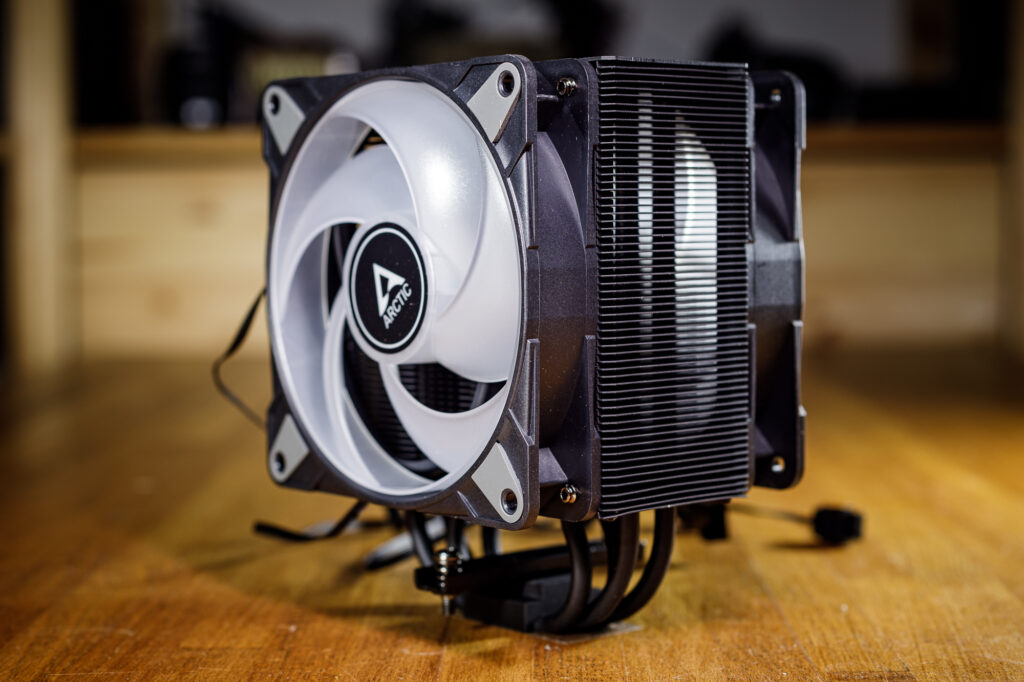
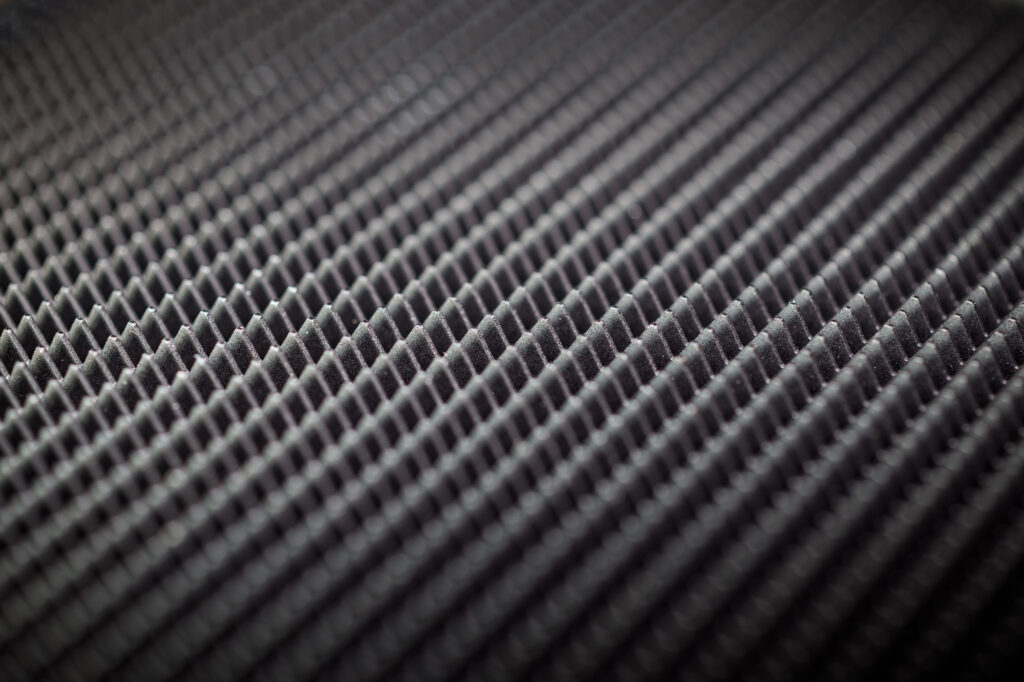
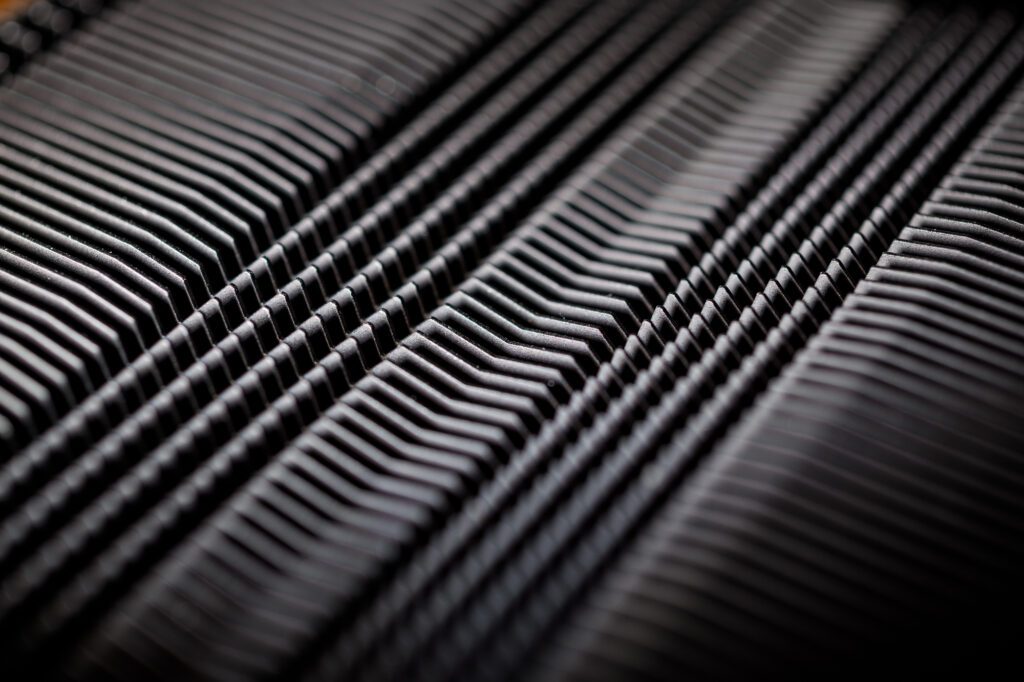
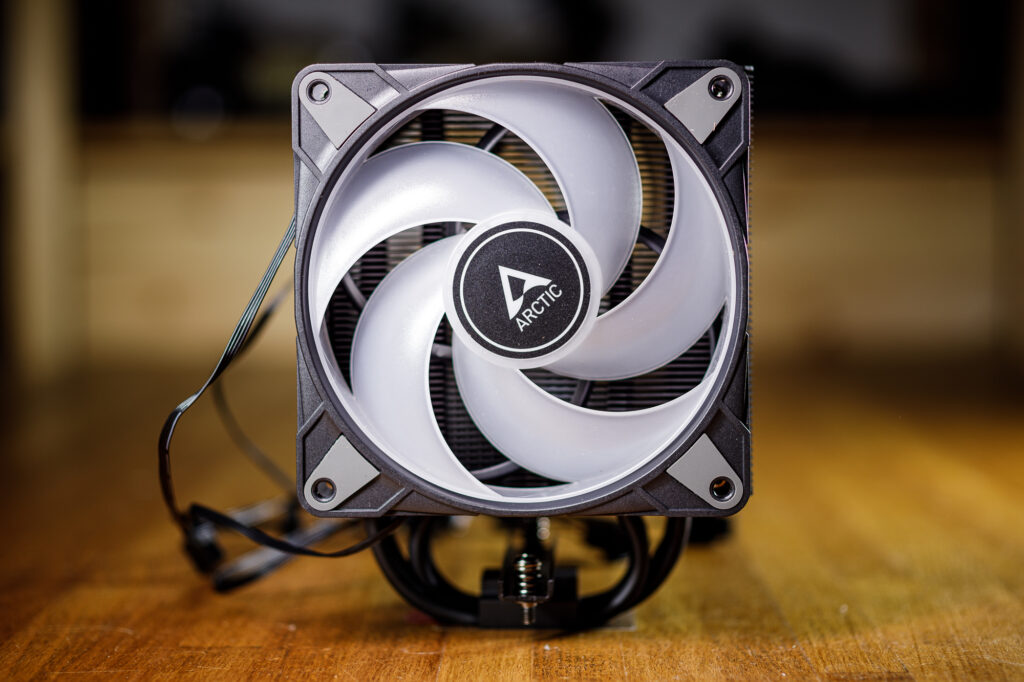
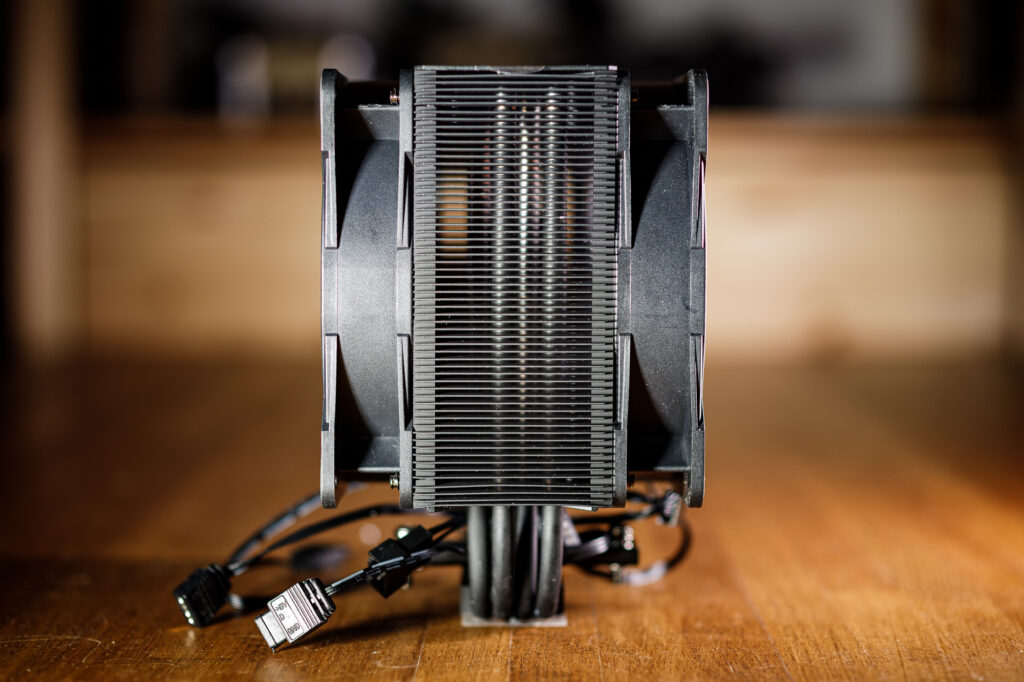
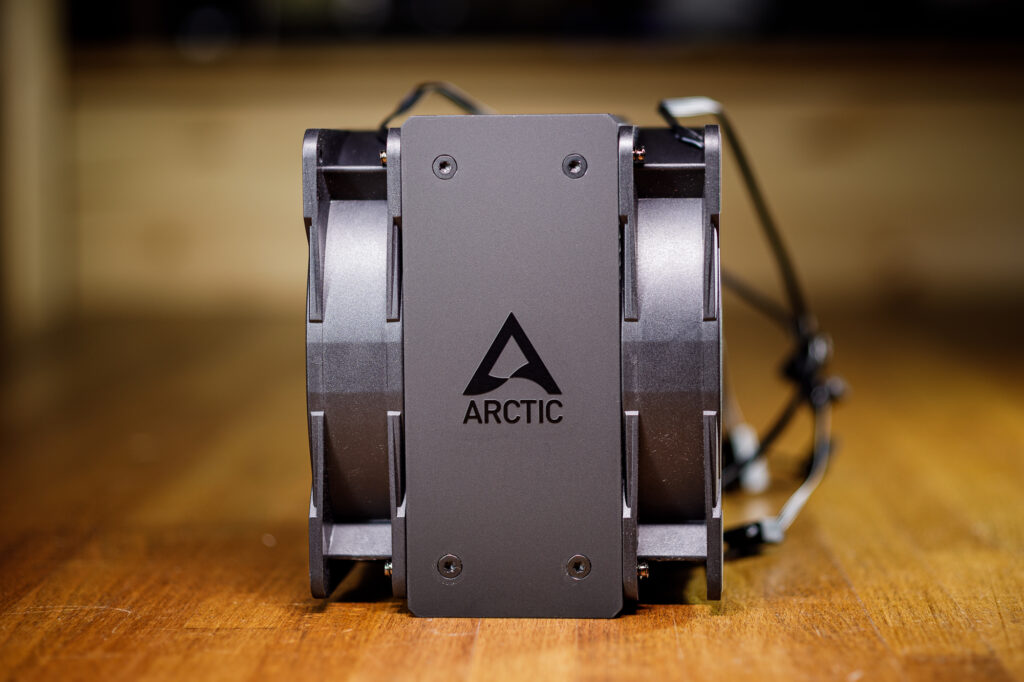
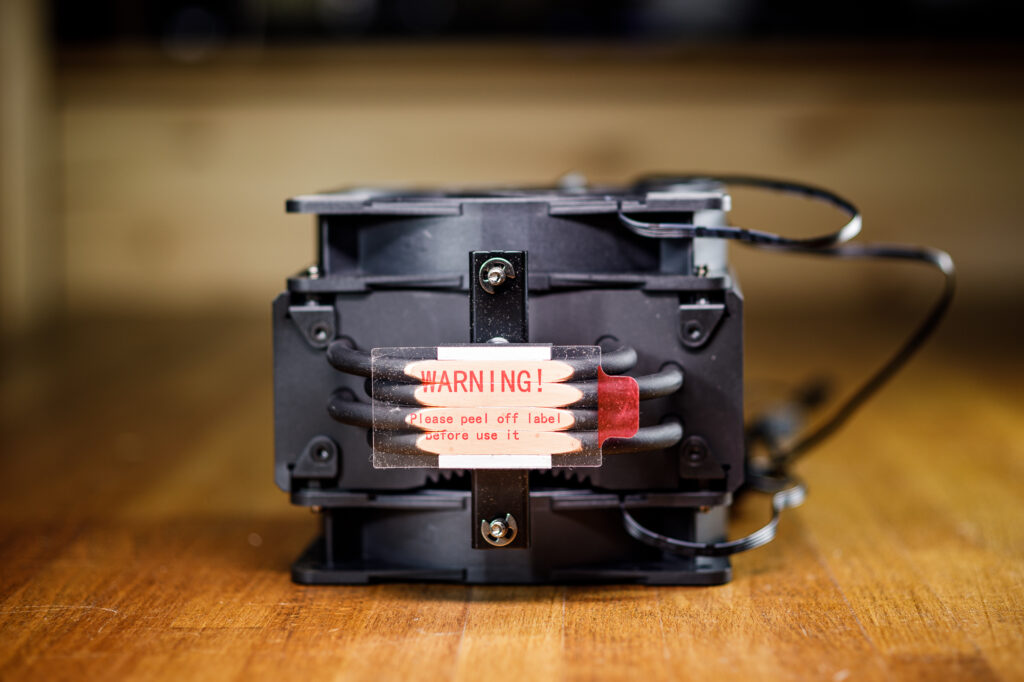
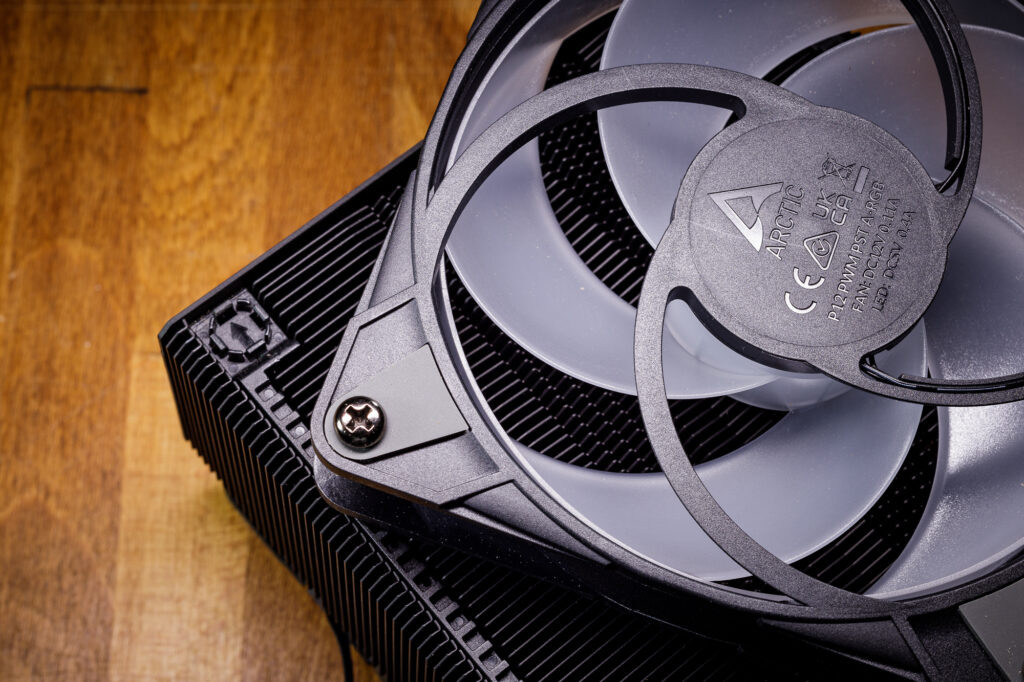
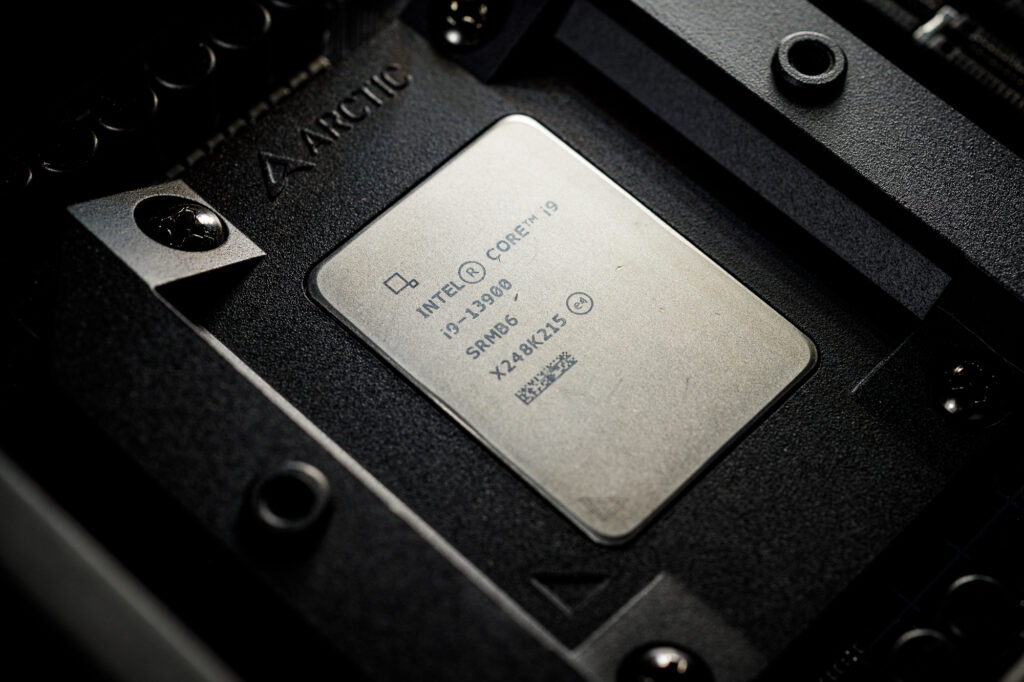
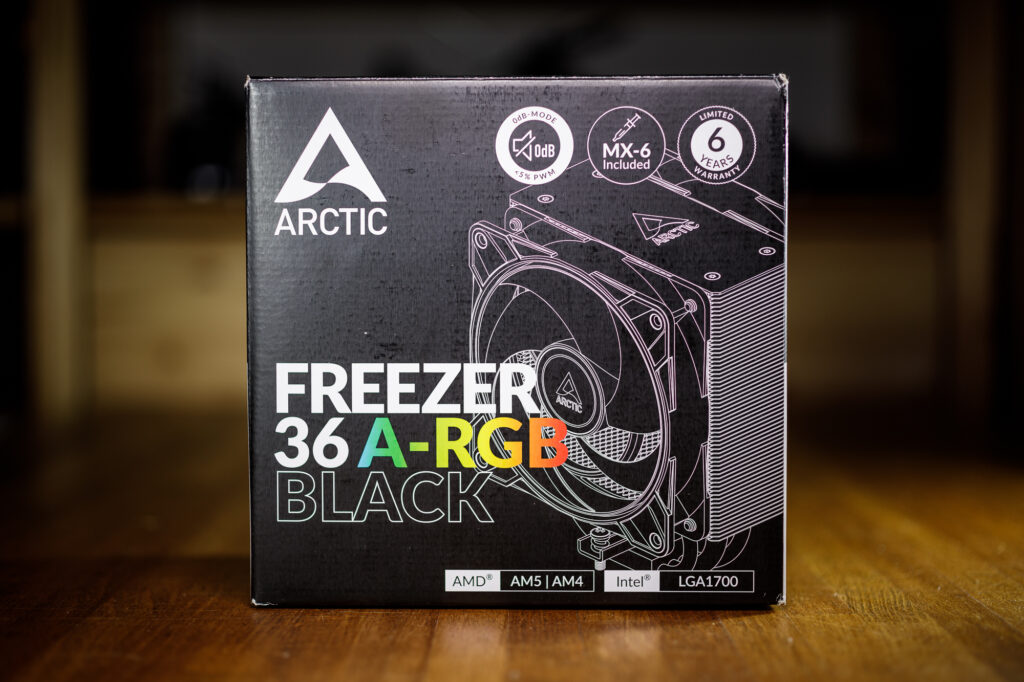
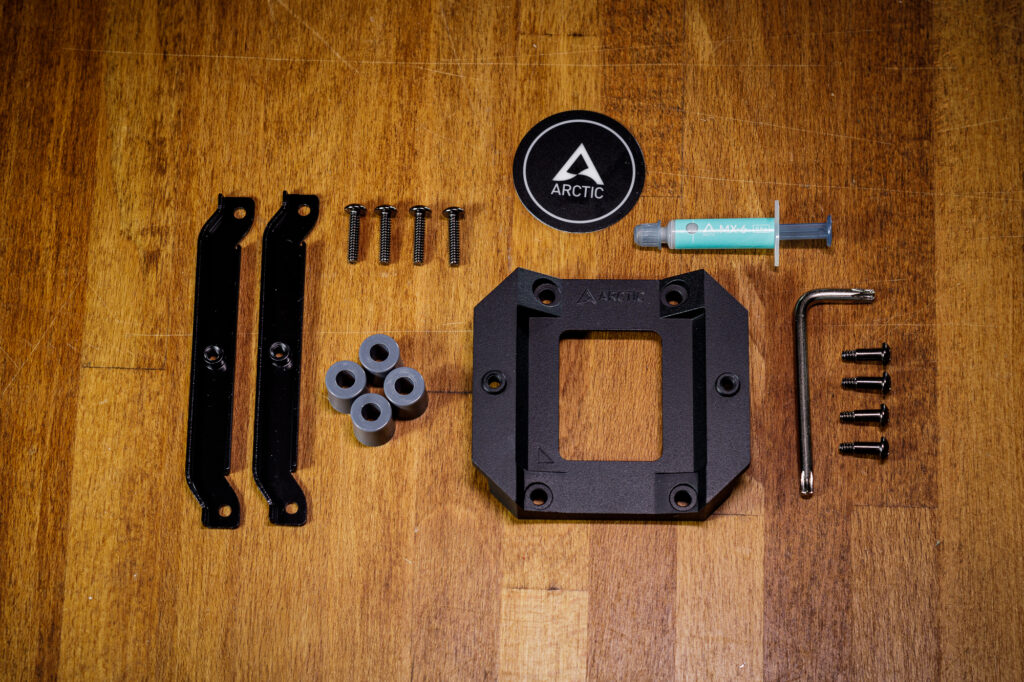






I think the spectrum isn’t bad. It seems pretty favorable when compared to D15, MA824 and Dark Rock Pro Elite.
The spectrum page would benefit from a tool where you can switch between or even overlay multiple spectra together.
Hello and thanks for your comment.
As I stated in the review – objectively, the acoustic profile is actually rather good, but subjectively, the humming/fluttering sound coming from the fan is perceived worse than e.g. Endorfy Fluctus fans on Fera 5 Dual Fan, which was slightly louder, but more pleasant to the ears. Yes, we are splitting hairs here, but still 🙂
The results are surprising here. It’s basically the same as Endorfy Fera 5 Dual Fan. This doesn’t seem consisent with other reviews, which show it outperforming the Endorfy Fortis 5 Dual Fan (and that one outperforms Fera 5).
Do you think it outperforms the relatively new Fortis with 6 heat pipes? I doubt it.
Can you please cite some sources (those other reviews…) that support your claim? I would like to study their testing methodology and try to understand why this might be happening.
https://youtu.be/5TW_5W702dc?t=649 — here it has better result than Fortis 5
But then you are comparing coolers at maximum fan speed, in which case the Fortis 5 is quieter than the Arctic Freezer 36. Yes, for the price of higher noise, the cooling performance of the A36 can probably be a hair higher. Our results don’t contradict that.
Still, I find it odd that it just matches the Fera 5 in this test. It has a slightly bigger heatsink, and it comes with a contact frame, and the contact frame alone should put it ahead. Could it be because the Fluctus 120 fans that come with Fera 5 are much better than Arctic’s P12?
I wouldn’t say that one fan (Fluctus 120 PWM on the Fera 5) or the other (P12 ARGB on the Freezer 36) is significantly worse or better. The airflows at comparable noise levels are similar enough even on radiators that the level of psychoacoustic optimizations of both coolers will play a key role when it comes to cooling performance at comparable noise levels. Specifically, which of the fans will be quieter with “its heatsink” (from the Fera 5 or the Freezer 36) when achieving the same airflow.